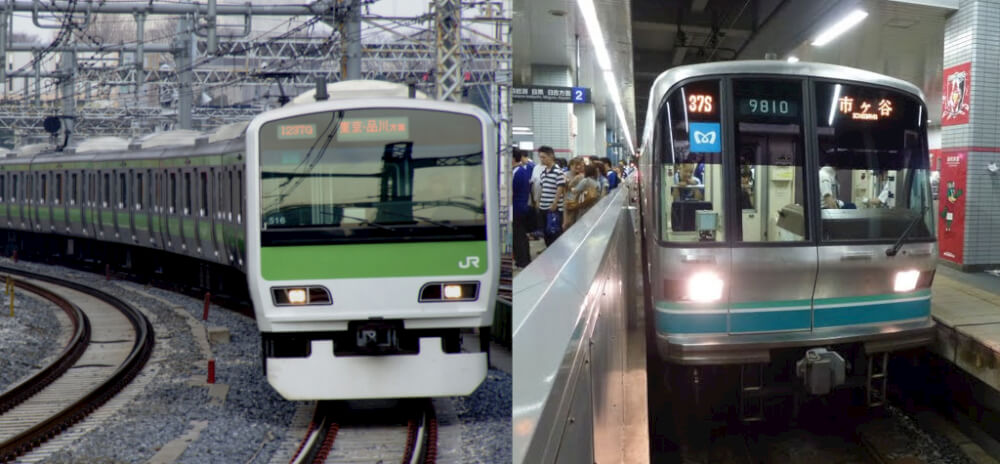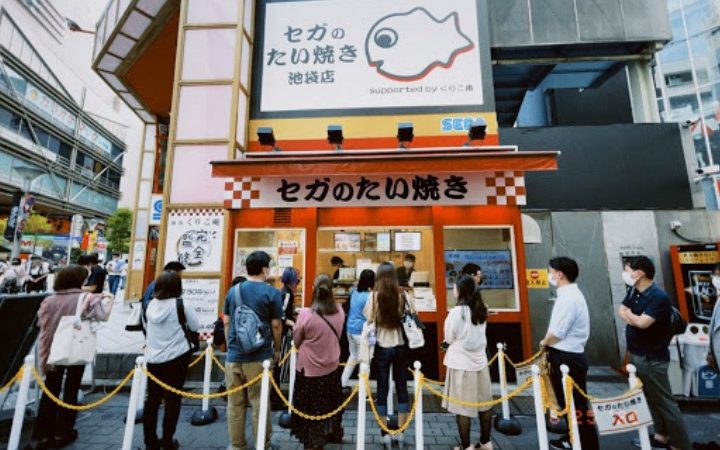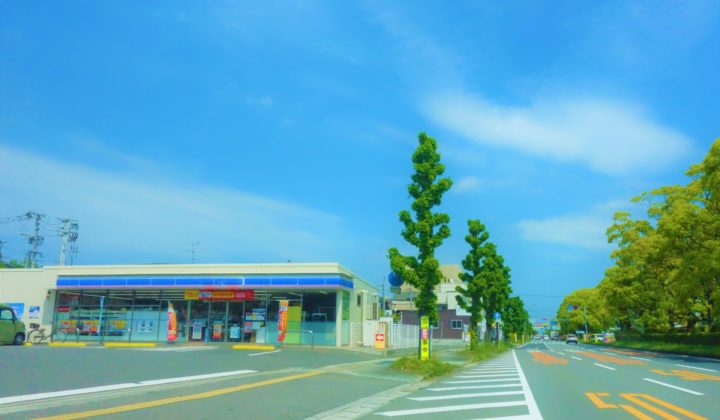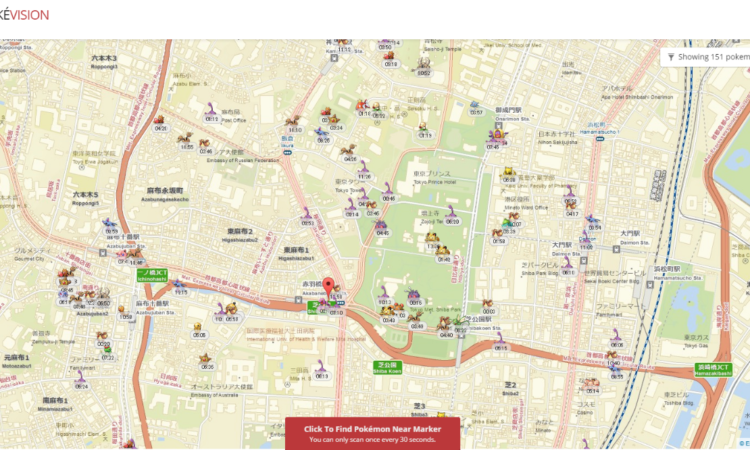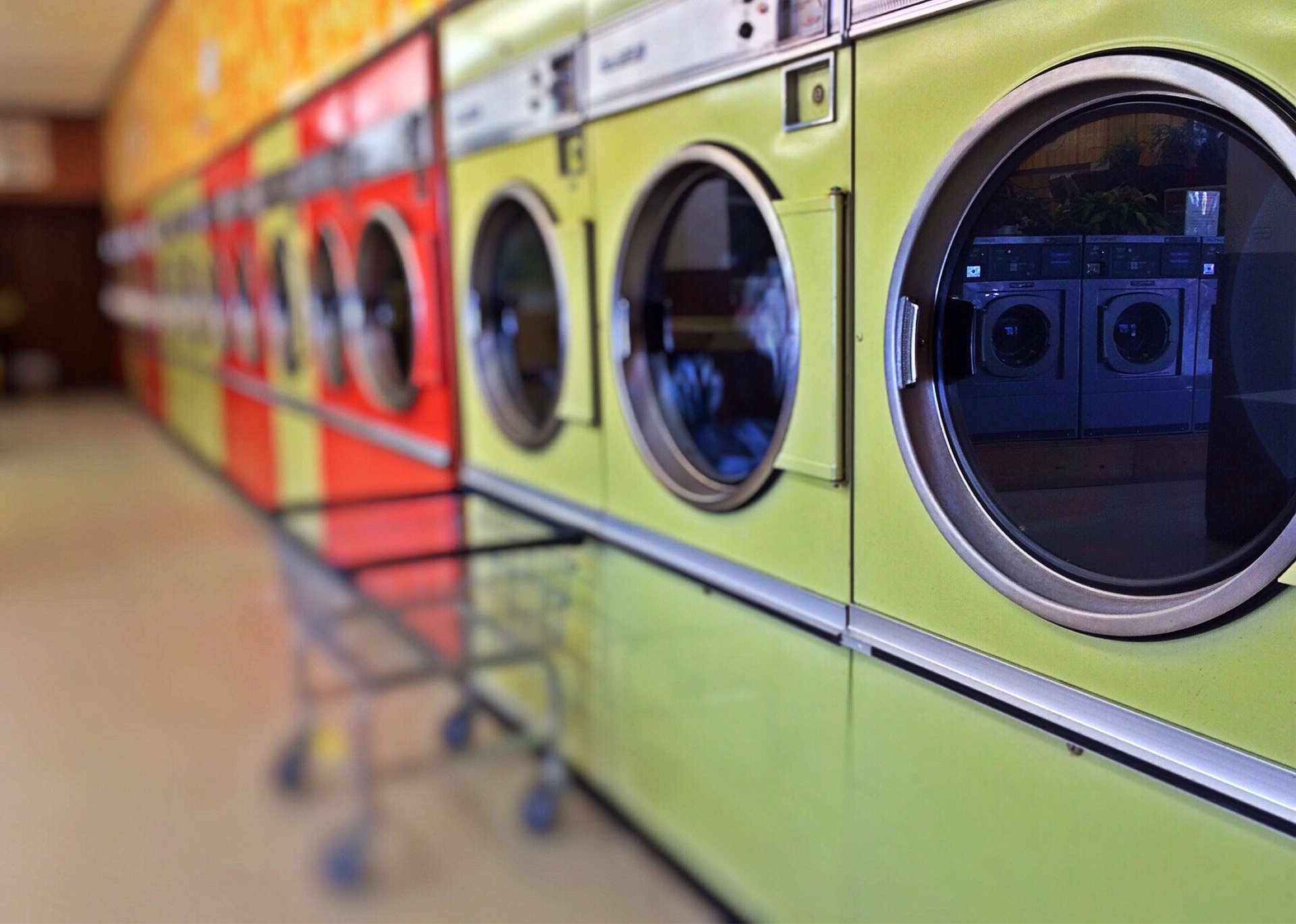This post is also available in:

Riding the train in Japan carries with it many rules and etiquette that you may be unfamiliar with. In the current article, I’d like to discuss the do’s and don’ts of riding the train in Japan, as well as some other general comments concerning riding the trains.
Japanese Shinkansen and Such Like Trains vs. Intercity Trains and Subways
To begin with, the rules and etiquette are different depending on whether you are riding the Shinkansen or suchlike trains and intercity, local trains. By “suchlike trains,” for example, I’m talking about the Narita Express train from Tokyo to Narita airport or the Odakyuu Romance Car from Shinjuku to Hakone.
Shinkansen and Trains:
DO’S: On these trains, the seats are assigned, so you must sit where you are assigned. Feel free to eat, to drink, and generally to enjoy yourself. On these trains, staff members push carts full of snacks and drinks for purchase.
DON’TS: On these trains, there are sometimes smoking cars, so smoking outside of these cars is verboten. Drinking and eating are okay, as mentioned above, but you must not leave your trash behind.
Intercity Trains and Subways
DO’S: There are no assigned seats on these trains, so you sit where you can. You sit in and where there are open seats. That’s really about it as concerns DOS, the list of DON’TS is much longer, so let’s get into it.
DON’TS: Drinking and eating are pretty much very rude on these trains. This is not an ironclad rule, and the categories of foods and drinks that are frowned on are various (to begin with, this is not a rule per se, but rather, it is an unwritten rule (anmoku no ryoukai)). On a train that is not crowded (for example, late at night), having something to drink or eat is okay (probably), but during rush hour, this is pretty heavily frowned upon. Drinking alcohol on the train, though technically not illegal and allowed, is heavily frowned upon, the reason being that the smell of the alcohol bothers those around you. Listening to music is okay, but once again, make sure it is not so loud that it disturbs those around you. Reading books and newspapers is also okay, but once again, in the case of a newspaper, especially during the rush hour, make sure you are not folding this paper on your fellow passengers. Talking on the phone is pretty heavily frowned upon. If you absolutely must use the cellphone on the train, you must cup the mouthpiece with your hand and speak as quietly as possible to show deference to the surrounding passengers, and even this is frowned upon. Generally speaking, talking on your phone on such trains in Japan is no good; don’t do it.
On these trains, there are reserved seats (yuusenseki) for the elderly and disabled, and generally speaking, while able-bodied young people CAN sit in these seats, this is also frowned upon. A few months ago, I saw an old man berate a young man sitting in one of these reserved seats because these are reserved for the elderly, the disabled, pregnant women, or those with young children. Your best bet is NOT TO USE these seats unless you fall into one of these categories. You can, of course, use these seats, but when you do so, you should jump up and offer your seat to a person falling into these categories when said person approaches. The same goes for general seating. If there is an open general seat, feel free to sit, but if an elderly person or a person on crutches or something is near you, you really should offer the said person the seat. Also concerning general seating, these trains can get very crowded, so you should try, as much as possible, not to take up too much room (that is, one seat per one person). Also, concerning your baggage, when you are on a crowded train, your bag should be hanging to your front (or if you’re sitting, should be placed on the luggage rack above the seats). When trying to get off a crowded train, you should say, in a loud (but not too loud) voice “sumimasen, orimasu” (excuse me, I’m getting off). Also, when getting on the train, you must not attempt to get on the train until the present passengers have disembarked.
Safety: Allow me to offer a few words concerning train safety. To begin with, there are yellow lines that run along the edges of the platforms of train stations, and you must remain behind these yellow lines at all times. Many stations (especially subway lines, which are shorter than many of the aboveground train lines and thus can afford these) have waist-high wall installed for safety measures, but there are still many stations that do not have these. The reason you must stay behind these lines is obvious: if you get too close, especially when drunk or when the platform is crowded, you run a good chance of falling down onto the train line, which, even if a train is not barreling down on you (fatal), is a far enough fall that you run a very good chance of seriously injuring yourself. Also, even if you don’t fall, if you come into contact with a moving train, you run a very good chance of being seriously injured and also, this will cause a train delay. A train delay, especially in Tokyo, is a huge issue, and I have heard stories that some train companies will sue a person who caused a train delay for tens if not hundreds of thousands of USD (whether or not this is true or an urban legend, I don’t know, but everyone says it is true, so I would wager on the side of this being true as the safer bet).
With aboveground trains, there are fumikiri (railroad crossings), and these can be really troublesome to cross, as trains are always coming and going in both directions. However, when the bars close indicating that a train is coming, YOU DO NOT want to attempt a crossing. Not only is it dangerous, but I’m also pretty sure it is illegal (or it should be if it is not). An additional safety issue to keep in mind is the issue of chikan on crowded trains in Tokyo. A chikan is a sexual pervert who takes advantage of the insane crowding on Tokyo trains to grope women in his vicinity. There are a few points to note here. One, for a person unaccustomed with the trains in Tokyo, the level to which the trains are crowded during rush periods is simply unbelievable. Many of you have probably seen pictures or videos where station attendants forcibly push people onto trains. That is not an exaggeration or aberration. Even now, during peak hours (7 to 9 A.M. or so on weekdays especially), this is absolutely a reality. You will be sardine-packed and you will find it difficult to check your phone, let alone read a book without touching those around you. If you are traveling at this time, my advice is to wait and try not to move as much as possible, lest you invite some kind of misunderstanding. It has also been suggested that during such peak periods, men should keep their hands where everyone can see them, lest you are subjected to a false accusation (enzai) of chikan. An additional safety concern to keep in mind is the issue of the last train. The last train for the day depends on the train line in question, but in general, this is around midnight or 12:30 in the morning.
An additional thing to consider, especially when riding crowded trains at night, is that bumping into drunken older guys can lead to fights or physical assaults, so this is also an area you should be careful with. Concerning forgotten items on the train, Japan is great in this respect. If you leave or forget a wallet full of money on the train or brand-new iPhone, there is a good chance you will get it back. Every station has a wasuremono toriatsukai jo (lost and found). The one thing you should remember here is that, when you go to the lost and found, they will ask you not only what train you were on, but also what car of said train you were on. In general, when you get on a train, there is usually a signboard or television near the door and in this area, the car number is usually listed. Having forgotten things on the train and having dealt with the lost and found people, now, as soon as I get on a train, I make a note of which car number I’m riding because you will be asked for this information.
Train lines vs. subways
Here in Tokyo, there are MANY train lines and subways. Train lines generally run above ground and extend for very long distances, while subways, obviously, run underground and usually aren’t as long as normal train lines. Examples of “train lines” include the Keihin Tohoku Line, the Saikyo Line, the Chuo Line (these are JR or Japan Railway Lines) and the Odakyu Line and Keio Line (these are private rail companies). Subway lines include the Ginza Line, the Oedo Line, the Chiyoda Line, and the Marunouchi Line (there are MANY others, but these are the ones that pop into my head without consulting google). In general, the train lines above connect the center of Tokyo with outlying suburban areas. For example, my train line (the Odakyu Line) runs from Shinjuku all the way to deep into Kanagawa prefecture (it goes as far as Odawara with normal trains and as far as Hakone with its special Romance Car), passing through major hubs such as Yoyogiuehara, Shimokitazawa, Noborito, Shinyurigaoka, Machida, Sagamiono, and Honatsugi. The Chuo Line connects Tokyo station (it’s hard to get more central than this) with Mt. Takao (which is more or less Hachioji), passing through major hubs such as Yotsuya, Shinjuku, Nakano, Kichijoji, and Tachikawa. The subway lines generally run just inside Tokyo. For example, the Ginza Line runs from Shibuya (central Tokyo) to Asakusa (also a major hub in Tokyo) (also, according to WIKI, the Ginza Line is the oldest subway line in Asia (it certainly looks like it when you ride it, by the way)). The Marunouchi Line runs from Ogikubo to Ikebukuro, passing mainly through major inner city hubs such as Shinjuku, Ginza, Tokyo, and Yotsuya.
The subway lines, even though their station-to-station distance is shorter, generally cost more than the aboveground train lines, the station-to-station distance of these generally being considerably longer. Also, with the aboveground train lines, there are a variety of train services, whereas the subways tend to be only local trains. Let me explain. With the Odakyu Line, there are local trains, which stop at every single station on the line, express trains, which only stop at major train stations and skip over smaller stations, rapid express trains, which only stop at SUPER MAJOR stations and skip over almost all other stations, and semi-express trains that skip over SUPER SMALL stations but do stop at some NOT-SO-MAJOR stations. Until you get used to a certain aboveground train line, you can find yourself in trouble. If you get on a Kaisoku Kyuukou (rapid express) on the Odakyuu Line, you will skip right past Kyodo and Seijogakuenmae (where a normal Kyuukou (express train) does stop) and will go all the way across the Tama River to Noborito in Kanagawa Prefecture.
Buses
A final word on inner city buses. These tend to connect (especially) residential areas a bit far from train stations. For several years, I lived in an area of Setagaya Ward called Unane. This area was twenty minutes on foot from Seijogakuenmae station and twenty minutes on foot from Futago Tamagawa station. In short, it was in the middle of nowhere. The only public transportation in such places is buses. The rules concerning buses are very similar (if not the same) as those on trains (see the above concerning seats and talking on the phone etc.). The only thing I have to add about buses is that these are competing with traffic, and depending on the traffic conditions, with buses, unlike trains, it is difficult to predict how long your commute will take. For example, when I lived in Unane, if the bus I was riding on got caught in a traffic jam (a common occurrence), then the bus ride to Seijougakuenmae station could take longer than it would take on foot. One of the reasons I moved from Unane to Shimokitazawa was precisely because of the inconvenience of depending on buses as my main means of public transportation. In short, as per my previous article concerning running and biking in Tokyo, if you need to move around Tokyo without making use of the trains, hoof it or bike it; it’s much faster.



